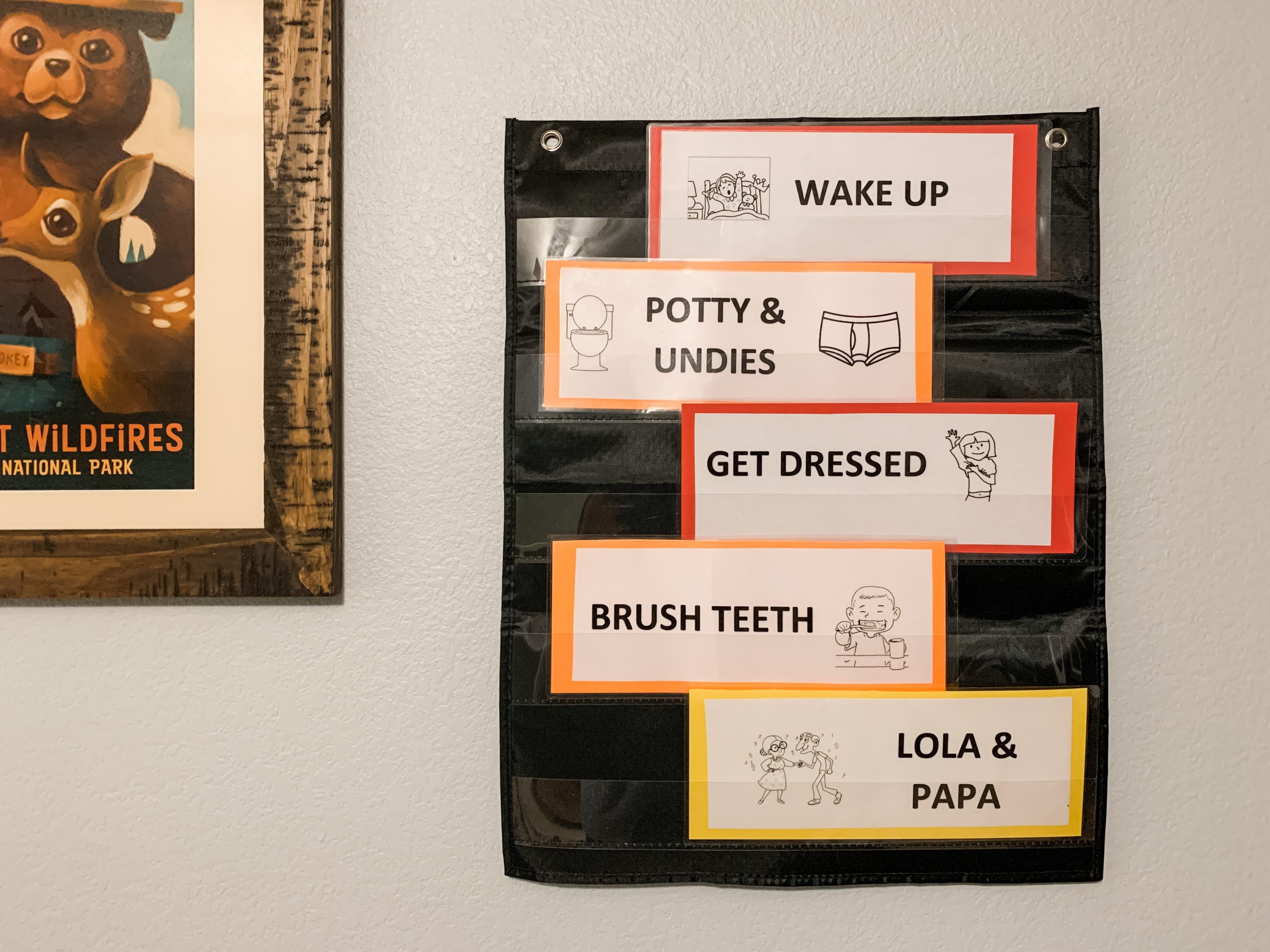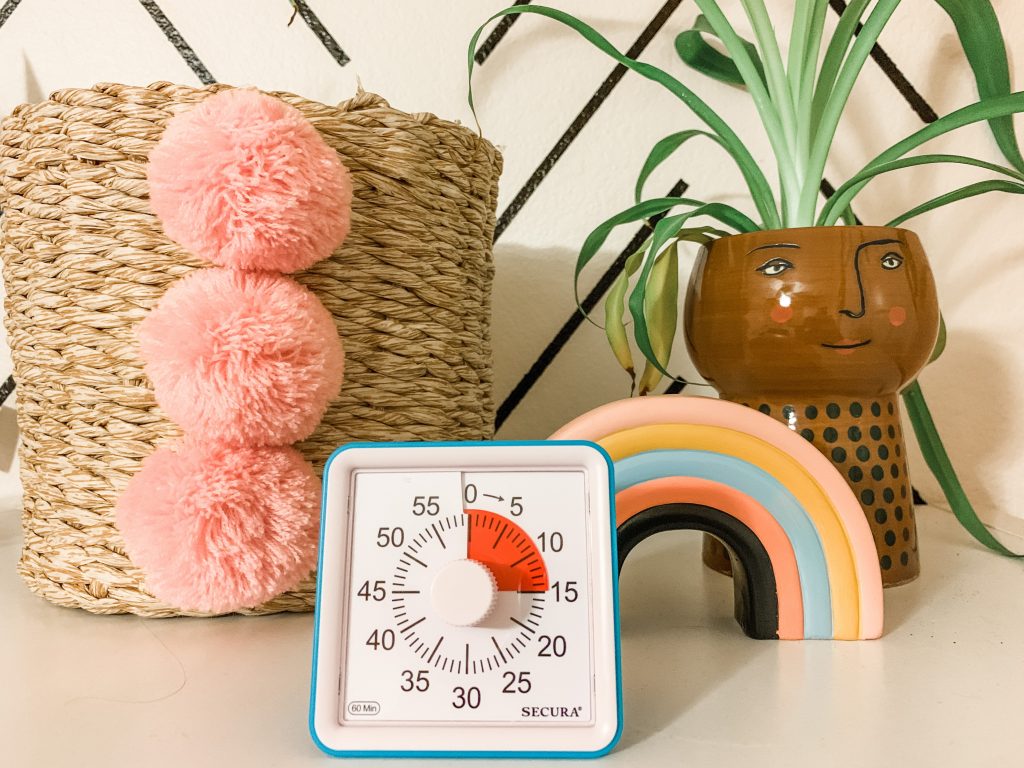“Just wait until the terrible twos.” We’ve all heard it. The two-worded phrase has been ingrained in our brains since before our sweet babies were even a glimmer in our eyes. When my son was 18 months old, I would tell my husband, “He’s so sweet, smart, and easy-going . . . there’s no way ‘terrible twos’ will be a thing for us!” Well, mama, I was wrong. Because my sweet boy fell victim to the statistic.
I’m here to tell you that it’s not just you. It’s not just your family or your kid. The challenges that this age brings are normal for your child’s development!
The mood swings and temper tantrums will test even the most patient parent in the entire world, but there are strategies and tools to help everyone get through it . . . with minimal cuts and bruises.
During this developmental period, children learn a lot of new skills and figure out how to handle their big emotions. Their gross and fine motor skills are improving (hello, jumping on the couch and writing on the walls with markers)! They are gaining independence and preferences. They have wants and needs! But, their ability to communicate all of this has not yet developed. Wouldn’t you get frustrated if you kept asking for a banana but someone kept handing you everything but?! Cue falling to the ground and kicking your legs.
Here’s how we survived the wrath of our two-nado . . .
Visual Schedule
If you haven’t learned by now, toddlers thrive off routine. My son was like clockwork when it came to his morning tantrum. Wake up, smile, then BAM— outburst. My husband and I would look at each other like deer in headlights. Where did this behavior come from?
I was desperate to try anything to help, including a visual schedule. I got a simple pocket chart (thank goodness for the Dollar Tree) and printed our morning routine activities using pictures. Wake up, potty, change clothes, brush teeth, then leave for Grandma’s house. Can you believe it worked? We ALL thrive off schedules, routines, and consistency. My son loved completing a task, turning the card over, and putting it back in the pocket when he was finished. A sense of accomplishment! We had fewer tantrums after that. I won’t say they were completely gone because, well, toddlers.

Visual Timer
We also noticed that transitions (going from one activity to another) were REALLY challenging. I mean, my anxiety was through the roof when I knew we would have to stop an activity to get ready for bed. I got on my Amazon app (you’re welcome, Jeff Bezos) and ordered a visual timer. While we waited, I crossed my fingers that this would help us with transitions. Please, please, please work!
When it arrived we talked about how it works and what it means when the red triangle got smaller and smaller. When we were doing an activity, we would tell our son, “two more minutes!” I would let him set the timer, but I would correct it when he wasn’t looking (#MomHack). In two minutes the red triangle was gone. We would hear a “BEEP-BEEP-BEEP” and my son would look at me and say, “All done!” Then he was ready for the next activity. Say what!? That’s it? No screaming? No kicking and crying? It was too good to be true.
 Visual Countdown
Visual Countdown
You know when YOU know something unpleasant or out of the ordinary is coming up for your kiddo? A doctor’s appointment. A long road trip. A new school. These things are hard for toddlers to wrap their minds around. See #1 again . . . toddlers love routine and consistency.
One of my best friends who is a Special Education teacher sent me the idea of a visual countdown. Just write down what out-of-the-ordinary activity is coming up, include pictures, and put it on your fridge days before the big event. Each day you cross off one box and your child can visually see that they are getting closer to that special event.
The point of this is to talk about what is going to happen and prepare your child so that you can minimize an outburst.
The unknown is taken out of the equation so your child understands something different will be happening. We used this when my son was going through lots of doctor visits for allergy testing and we had a two-hour skin test appointment coming up. Of course, there were still tears at the appointment, but we avoided the screaming and resistance getting out of the house and into the car that day.

Moral of the story . . . adding visual supports can help keep you sane and help your child regulate their emotions.
Can you sense a theme above? Using visuals can help your child process what is expected of them. It can give them a sense of schedule or routine. They will have another outlet for improved communication while their language is still developing. It is a win-win all around.
This is also a reminder that you are not alone and that there are things you can do to reduce (or hopefully prevent) tantrums and make the “terrible twos” manageable. I know I’m not the only one who has stood in my shower crying from frustration and exhaustion.
Just like anything else, this is a phase and it too shall pass.












